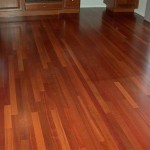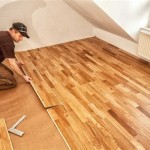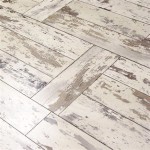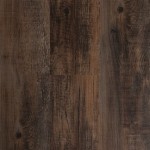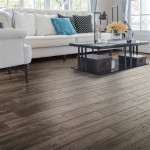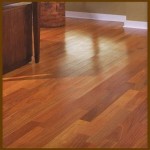Transition Pieces for Hardwood Flooring: An Essential Guide
Transition pieces are a vital component of installing hardwood flooring, ensuring a seamless flow between different floor types and surfaces. They not only enhance the aesthetic appeal of your space but also address functional requirements, such as accommodating variations in floor heights and protecting the edges of your hardwood flooring.
Types of Transition Pieces
There are various types of transition pieces available, each designed to serve a specific purpose. Common types include:
- T-molding: Used to join two floors of equal height, such as hardwood to tile or carpet.
- Reducer: Connects floors of different heights, transitioning from a higher floor to a lower one.
- Stair nose: Protects the edge of hardwood flooring on stairs and prevents slipping.
- End cap: Covers the exposed end grain of hardwood flooring at the end of a room.
Choosing the Right Transition Piece
When selecting transition pieces, consider the following factors:
- Floor type: Ensure the transition piece is compatible with the materials of the two floors being joined.
- Height difference: Determine the height difference between the floors to select the appropriate reducer or T-molding.
- Finish: Choose a transition piece that matches the color and finish of your hardwood flooring for a cohesive look.
Installing Transition Pieces
Installing transition pieces requires precision and attention to detail. Follow these general steps:
- Prepare the floor: Clean and level the subfloor before installing the transition piece.
- Measure and cut: Measure the length needed and cut the transition piece accordingly.
- Secure the transition piece: Use appropriate fasteners, such as nails or screws, to secure the transition piece to both floors.
- Finish the installation: Trim any excess material and seal any gaps or joints with caulk or wood filler.
- Seamless transitions: They create a smooth and visually appealing transition between different flooring materials.
- Edge protection: They protect the exposed edges of hardwood flooring from damage and wear.
- Tripping hazard prevention: They reduce the risk of tripping or falling by creating a level surface between floors of different heights.
- Improved durability: Properly installed transition pieces extend the lifespan of your hardwood flooring by preventing wear and tear at joints.
Benefits of Transition Pieces
Transition pieces offer several benefits:
Conclusion
Transition pieces are essential for achieving a professional and functional installation of hardwood flooring. By choosing the right transition pieces and installing them correctly, you can enhance the longevity and aesthetic appeal of your flooring while ensuring a safe and comfortable living space.

Transition Between Old Wood Floors And New Hardwoods With A Strip Hardwood Wide Plank Flooring

How To Transition Your Wood Floors Between Rooms Artisan Llc

How To Transition Between Two Diffe Wood Floors

How To Install Transition Strips In Doorways

How To Transition Your Wood Floors Between Rooms Artisan Llc

How Can I Create An Invisible Transition Between Diffe Flooring Types Home Improvement Stack Exchange Tile To Wood House

Types Of Flooring Transitions And Trim Ll

M D Building S 2 Quot X 72 Unfinished Hardwood Transition Strip Carpet Trim W 85423 The Home Depot

A Complete Guide To Flooring Transition Strips

Build A Transition Strip To Make Up Height Between Two Floor Levels
Related Posts

